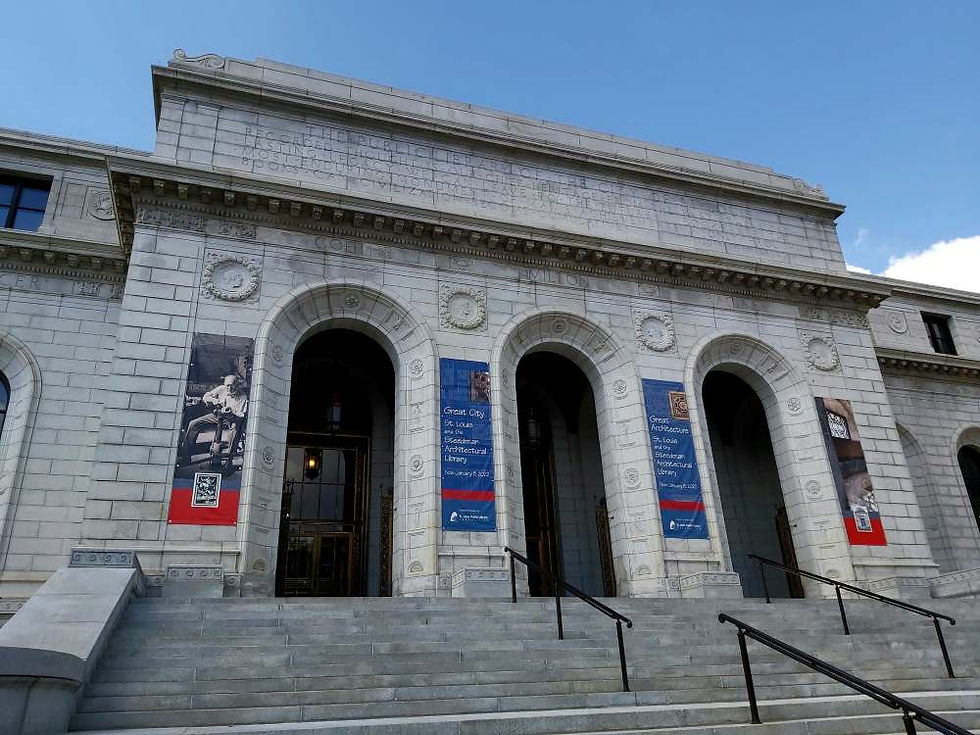Italy: Circus Maximus from Palatine Hill, Rome
- Matthew P G

- Sep 19
- 2 min read

November 2016
Palatine Hill was the residence of the Roman emperors. The ruins are massive - the complex must have been incredible in its day, yet not much of note remains. What is interesting, however, is the view over the Circus Maximus, the largest sporting venue of its kind ever built.
The Circus Maximus (Latin for "largest circus") is an ancient Roman chariot-racing stadium and mass entertainment venue in Rome, Italy. In the valley between the Aventine and Palatine hills, it was the first and largest stadium in ancient Rome and its later Empire. It measured 621 m in length and 118 m in width and could accommodate over 150,000 spectators.[ In its fully developed form, it became the model for circuses throughout the Roman Empire. The site is now a public park.
(Wikipedia)
Most notably it took the world 2000 years to build something similar in size. Even now, the largest stadium in the world (in North Korea) still falls short of the Circus Maximus. Just wow....
For me, even if the palace ruins of Palatine Hill were a bust (not really a lot to see), the views over the ancient sports complex below gave an insight into the importance of such events in the Roman Empire. The emperors literally had a built-in front row seat since one side of the stadium was part of the hill holding the palace complex. Not only that, but the world "palace" derives from Palatine.
The name of the hill is the etymological origin of the word palace and its cognates in other languages (Greek: παλάτιον, Italian: palazzo, French: palais, Spanish: palacio, Portuguese: paço and palácio, German: Pfalz and Palast, Czech: palác, Croatian: palača, etc.).
(Wikipedia)
Not many echoes resound from the palace of those who ruled Rome (unlike the nearby Forum which feels a lot more "historical"). However, the Romans loved their sport and its primary patron was their leader. In many countries there is a separation of religion and the state, so the two operate independently for the personal freedom of citizens. Does the world now have de facto a separation of sport and state? In Rome, it used to be an integral function of the government. There are state sponsored teams today (Olympics and more), of course, but where in the world do leaders actually give a personal appearance at important matches? Sport with official patronage of the State - it seems strange.
Maybe it was a Roman thing...



Comments